As we grow older, different parts of our body don’t age the same way – some expand while others shrink. Understanding which areas undergo these changes can offer insight into the aging process and guide us in better managing our overall health.
Foot Growth


Believe it or not, your feet may continue to grow as you get older. This can happen due to collapsing arches or general wear, which might lead to a slight increase in shoe size. Foot swelling from conditions like arthritis can also make your feet seem larger. That’s why wearing shoes that offer proper support and fit is key for long-term foot comfort.
Nose Shape Shifts
Your nose doesn’t stay the same shape forever—aging gradually alters its appearance. Over time, the cartilage structure weakens and begins to sag, often making the nose look longer or larger. These changes tend to become more visible by your 40s or 50s, subtly shifting the contours of your face.


Earlobe Changes
Earlobes also transform with age, often becoming longer or droopier. This is mostly due to gravity and reduced skin elasticity over time. If your ears are pierced, these effects can be even more pronounced, drawing more attention to stretched or thinning lobes in later life.


Eye Socket Expansion
The area around your eyes can show some of the most dramatic age-related changes. With time, the bones framing your eye sockets can shift and grow, leading to deeper-set eyes and more noticeable puffiness. As skin elasticity decreases, these structural changes contribute to a more tired or aged appearance.


Neck Skin Loosening
Your neck is another area where aging becomes evident, particularly due to skin changes. As collagen and elastin production decline, the skin may sag, creating the illusion of a thicker or looser neck. Factors like gravity, sun damage, and the passage of time all play a role in this so-called “turkey neck” effect.


Chest Expansion or Contraction
The chest doesn’t escape the effects of aging either. In men, hormonal shifts or added body fat can enlarge the chest, while a decline in muscle mass might do the opposite. Women also notice changes, especially after childbirth, breastfeeding, or menopause. Whether it expands or contracts, your chest’s shape and size tend to shift over time.


Thigh Volume Changes
Thighs are another area where muscle and fat composition evolve as you age. Muscle loss can result in slimmer thighs, while fat accumulation might make them appear bulkier. Staying physically active and following a healthy diet can help mitigate some of these changes and preserve muscle tone.


Hairline Recedes
The hairline is often one of the earliest indicators of aging. Many people begin to notice a receding hairline or thinning strands in their 30s or 40s, typically influenced by hormones and genetics. Both men and women may experience this, gradually adopting a more mature appearance.


Shoulder Width Variation
Shoulders may look different as you get older, though their bones don’t actually grow or shrink. Changes in muscle mass and posture can alter their appearance—stronger muscles from exercise can make them appear broader, while inactivity or poor posture may cause them to look narrower or slouched.


Facial Wrinkle Development
Among the most obvious signs of aging are wrinkles. These form as your skin loses its natural firmness and stretch, particularly in areas like the forehead, around the eyes, and near the mouth. The repetitive movement of facial muscles also contributes, highlighting the skin’s gradual structural decline.


Waistline Fluctuations
The waistline often reveals the effects of aging through subtle or significant expansion. Slower metabolism and a reduction in muscle tone can lead to an increase in abdominal fat. Hormones, diet, and exercise routines all influence this shift, which is commonly referred to as “middle-aged spread.”


Hip Width Adjustments
Hips are no exception when it comes to age-related changes. For many women, menopause or past pregnancies can alter fat distribution, making hips appear wider. Bone density loss and reduced muscle mass can also reshape their appearance, leading to noticeable changes in how the lower body looks and feels.


Knee Joint Alterations
Your knees endure a lot of pressure over a lifetime, and aging doesn’t do them any favors. The cushioning cartilage can wear down, sometimes making knees look smaller or bony. Conditions like arthritis may cause swelling instead, creating the opposite effect. Maintaining a healthy weight and staying active can help protect your knees.


Calf Muscle Size
Calves can change quite a bit as you get older. Staying active helps maintain firm calf muscles, but inactivity can lead to muscle loss, making them look smaller. On the other hand, swelling or fat buildup can make calves appear bulkier. Being aware of these trends can help you adapt your fitness goals as needed.


Ankle Swelling
Lastly, your ankles can show signs of aging through swelling or puffiness. These changes are often linked to fluid buildup or poor blood circulation. Watching your diet and checking in with a healthcare professional if the swelling persists can help you manage these issues and rule out other health concerns.


Toe Shape Changes
Toes can go through subtle yet meaningful changes as you get older. The breakdown of cartilage, development of bunions, or collapse of foot arches can all impact their shape and alignment, potentially affecting your balance and overall foot function. Paying attention to proper footwear and routine foot care becomes increasingly important as these changes occur.
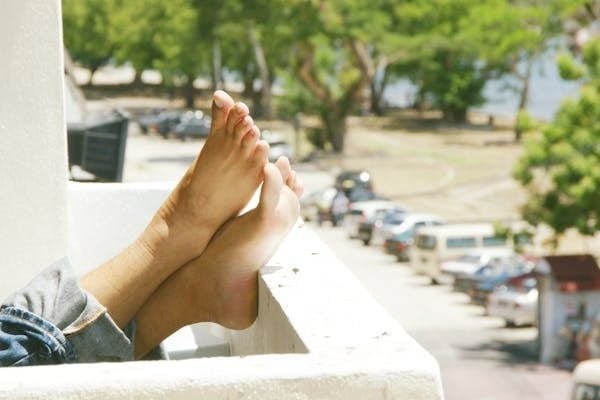

Finger Length Variations
You might spot differences in your fingers when comparing old and recent photos. Aging can alter bone density and joint structure, causing fingers to look slightly longer, shorter, or even misshapen. Arthritis and similar conditions may also reduce mobility and change their appearance and function.


Hand Size Adjustments
Hands, too, are not immune to the effects of aging. Loss of underlying fat and muscle can make them look leaner or more angular. Meanwhile, factors like fluid retention or evolving bone structure might occasionally give the illusion of swelling or size fluctuations.


Wrists Slenderize
The wrists can become noticeably slimmer with age, particularly when muscle and fat begin to diminish. A more sedentary lifestyle can contribute to this slender look, but incorporating exercises that target strength and flexibility can help support wrist stability and health.


Forearm Muscle Mass
Your forearms may appear smaller over time as muscle tissue decreases, especially if physical activity declines. This natural reduction in muscle mass is common with age, but regular resistance training can help maintain strength and counteract visible shrinkage.


Elbow Skin Loosening
The skin around the elbows can loosen with age, becoming less tight due to reduced collagen and elasticity. While the bone structure doesn’t actually grow, sagging skin can give the impression of bulkiness. Accepting these visual shifts is often part of embracing the aging process.


Upper Arm Changes
Upper arms are prone to changes as fat accumulates and muscle tone diminishes over the years. This can lead to a softer or more sagging appearance. Although regular workouts can help preserve muscle definition, some transformation is a natural consequence of getting older.


Bust Size Fluctuations
The bust area often goes through multiple changes throughout a woman’s life. Hormonal fluctuations from pregnancy, menopause, or weight shifts can alter size, shape, and position. Over time, reduced skin elasticity and the pull of gravity also play a role in its evolution.
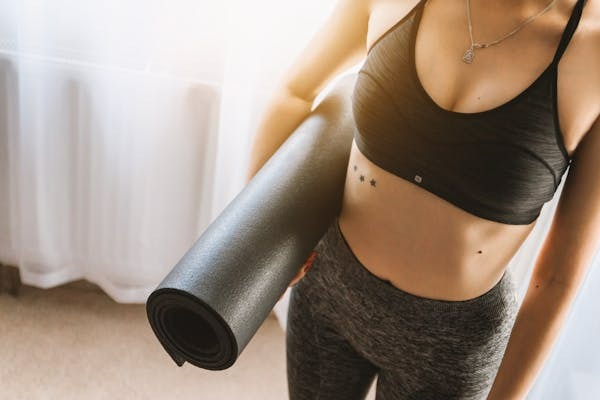

Stomach Protrusion
A more prominent stomach may develop with age, even in those who once had flat abs. Shifts in hormone levels, weakening core muscles, and redistribution of fat all contribute to this change. Though a healthy lifestyle can help manage the effect, a slightly rounder midsection is often a normal part of aging.
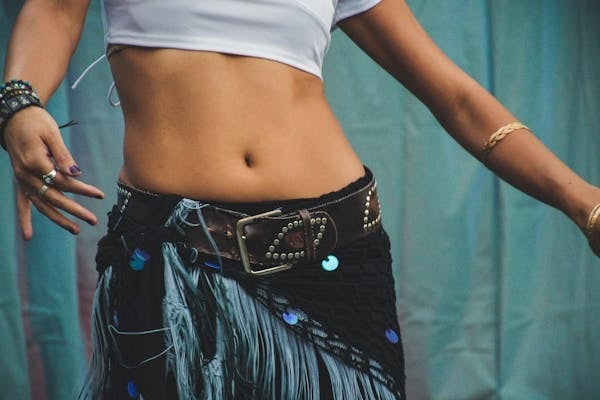

Buttock Shape Shifts
The buttocks can lose some of their fullness and firmness with time. Muscle atrophy, declining collagen levels, and gravity all contribute to a flatter shape. While exercise targeting the glutes can help preserve tone, these shifts are typical as we grow older.


Back Flexibility Decline
Flexibility in the back tends to decline gradually as the years go by. This isn’t just a temporary stiffness—it’s often due to structural changes like reduced elasticity in spinal ligaments and compression of discs. Gentle stretching and staying active can help manage discomfort, though some loss of mobility is a natural part of aging.


Spinal Curvature Adjustments
Over time, the spine may curve more noticeably, leading to a hunched or stooped posture. This is caused by wear and tear on the vertebrae, along with weakening muscles and potential bone density loss. Conditions like osteoporosis can exacerbate the curvature, but good posture and strength training can help maintain spinal alignment.


Pelvic Bone Changes
The pelvic region also goes through significant changes as you age. Cartilage in the joints may deteriorate, causing stiffness and reduced mobility. In women, lower estrogen levels after menopause can lead to decreased bone density, heightening the risk of pelvic fractures. Staying physically active and eating nutrient-rich foods can support long-term pelvic strength.


Jawline Redefinition
Your jawline can lose definition with age due to a combination of bone shrinkage and softer facial muscle tone. Sagging skin from reduced collagen adds to the less distinct profile. While these changes are normal, options like facial exercises or cosmetic treatments may help enhance or preserve jawline structure.


Cheek Volume Variation
As you get older, your cheeks may lose some of their volume. This is mainly caused by a reduction in facial fat and thinning skin, which, along with the pull of gravity, can lead to sagging and a more hollow appearance. To restore fullness, some turn to facial exercises or cosmetic fillers that help define cheek contours and improve facial tone.


Lip Thickness Reduction
The lips are another area that show visible signs of aging, often becoming thinner over time. This happens as collagen levels drop and the fat beneath the lips diminishes, leading to a loss of their natural plumpness. These gradual changes can subtly shift your overall facial expression.


Gums Recede
Even your gums aren’t spared from the effects of aging. Over the years, they may begin to recede, exposing more of each tooth and creating small gaps. Aside from altering your smile’s appearance, this can also heighten tooth sensitivity and raise the risk of oral health problems.


Teeth Wear Down
Teeth can wear down after decades of use, with chewing, grinding, and erosion slowly shortening them. This wear weakens enamel and may shift your bite, making eating more difficult and increasing susceptibility to cavities. Maintaining strong dental habits becomes more important as you grow older.


Scalp Tightening
The scalp changes with age, too, often becoming tighter and less elastic. This reduced flexibility can interfere with hair follicle function, potentially contributing to thinning hair or slower growth. These changes can affect how full or thick your hair appears over time.


Chin Prominence Changes
Both the chin and jawline tend to undergo visible transformations as we age. Bone density loss and reduced muscle strength can alter their shape, making the chin look more recessed or, in some cases, more pronounced. These shifts can subtly affect facial harmony and structure.


Eyebrow Elevation
With time, the position of your eyebrows can gradually lower, giving your face a more mature appearance. This change stems from decreased skin elasticity and weakened underlying muscles. Although the brows don’t shrink, their drop can subtly shift your expression, contributing to a softer, more distinguished look.


Eyelid Droopiness
Sagging eyelids are another common sign of aging, usually due to reduced collagen and muscle tone. As the eyelid skin loosens, the upper lids may appear heavier, altering the youthful openness of the eyes. Some people seek treatments or exercises if this change begins to interfere with vision or self-confidence.
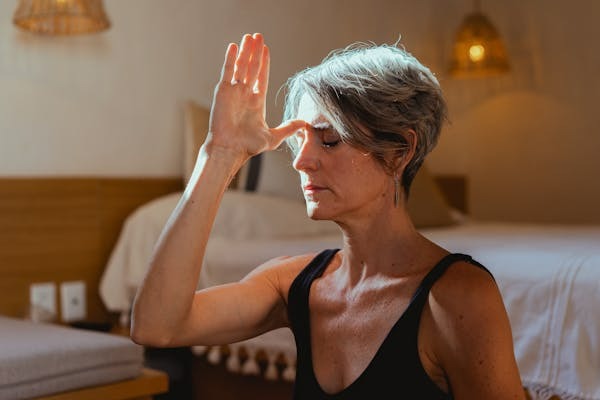

Nail Growth Rate
Your nails also reflect the aging process through subtle changes. Both fingernails and toenails may grow more slowly, becoming thicker, more brittle, or showing texture changes. Though easily overlooked, these shifts are a normal part of how the body evolves over time.


Skin Pore Dilatation
Pores may start to look larger as your skin loses firmness with age. Reduced collagen makes the skin less tight, which can cause pores to appear more visible. Though natural, good skincare habits can help minimize their appearance and keep skin looking smoother.
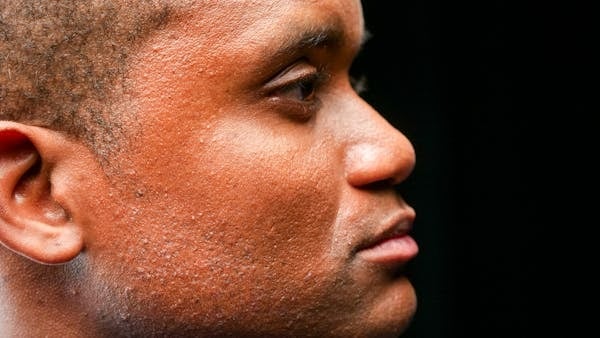

Hair Thinning or Thickening
Hair changes are among the most noticeable signs of aging and are influenced by a mix of hormones, genetics, and time. Many people experience thinner strands or slower growth due to shrinking follicles. At the same time, some notice coarser or denser hair in new areas like the nose and ears—another typical shift as the years go by.


Please SHARE this with your friends and family.
Source: WebMD, LiveScience






